The way we work as producers is paramount to both enjoying the process, and getting a final result we’re proud of.
But often, our workflow can be our biggest barrier to new, creative ideas.
Sometimes you need to add a shock to the system; a bit of spice to the dish, in order to uncover different and uncommon results.
And over my 10+ years of music production experience, I’ve found or developed quite a few ways to overcome my traditional workflow, just to make things more interesting and overcome a lack of inspiration.
Here are 11 of these workflow tips, and I hope they help you as much as they did for me:
Let’s dive into the details.
New producer? Struggling with where to start in music production?
I get it – I was there once. That’s why we created our free video training for new producers. Click the button below to get access:
#1: Scribble on the piano roll
This might sound really dumb at first, but hear me out.
Music theory and songwriting skills are good tools to have, but sometimes you need to throw some paint on the canvas and work from there.
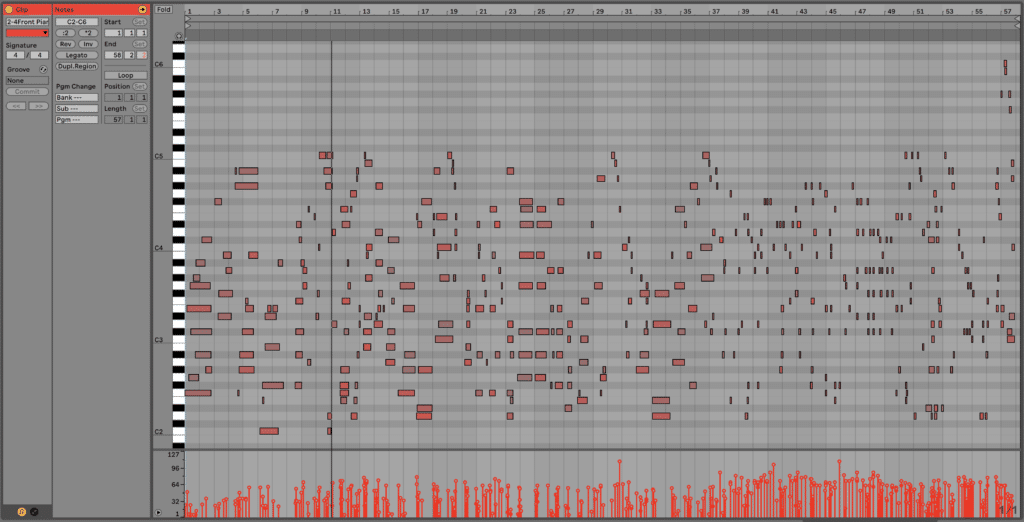
To do this, you basically just load up an instrument (a piano normally works well for this), open the piano roll, and either:
- draw in random notes with varying length
- play in random gibberish from your MIDI keyboard
Now bear in mind, the result will sound shockingly bad. But that’s not the point.
The point is to comb through the trash to find little magic moments that could be extracted and extrapolated into a fully-fledged idea.
I’d recommend copying these MIDI notes to a new clip and playing with them there. However, if this doesn’t work, you might just want to bounce the clip to audio and chop out little magical audio bits and process them in that form.
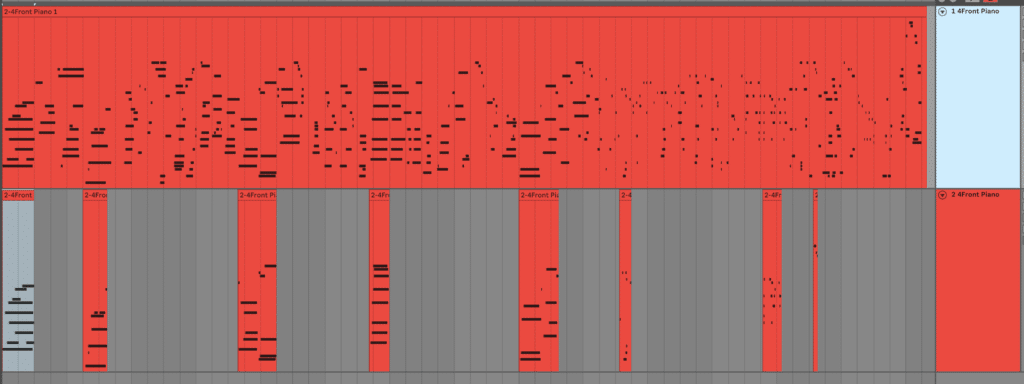
Either way, you’ll be surprised as to the number of ideas you can come up with.
#2: Listen to music, while you make music
One of my producer friends Andre (aka COPYCATT) introduced me to this idea a while back, and it completely changed my perspective on music production.
When producers think of getting into the studio, often the imagined environment would be quiet and distraction-free. Most of the time, this is a good thing.
But sometimes we as producers benefit from something out of the ordinary, and having music on in the background, while we make music, is exactly that.
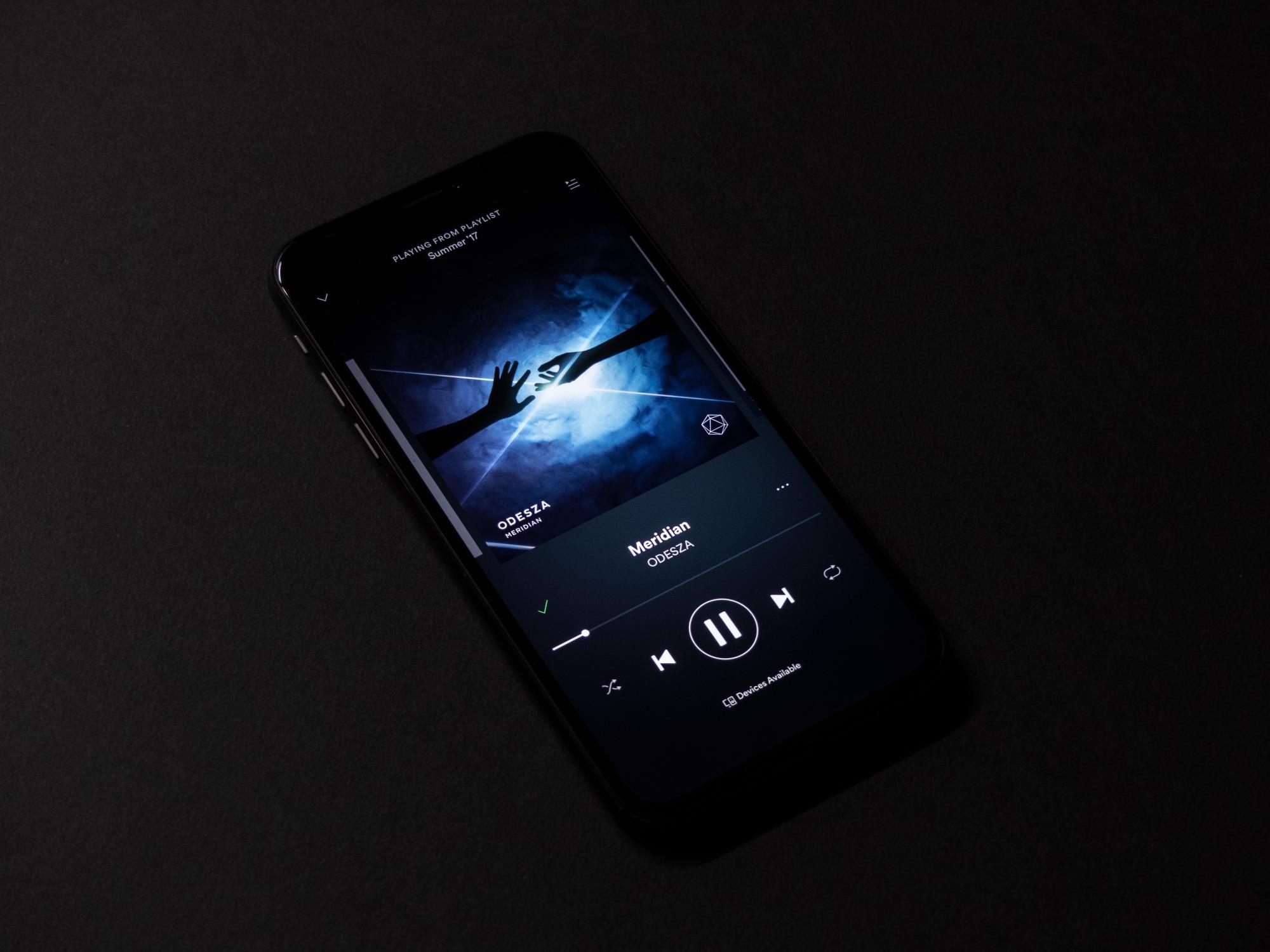
But why do this? It’s simple:
Listening to music subconsciously in the background forces you to listen in a low-attention way.
This is good because you can judge music as it presents itself naturally, rather than with the analytical framework we approach it as music producers.
As a result, you can hear missing pieces in your own productions, based on the background music.
“Oh, I would have never thought to add a vocal sample to this tune. But it might work!“
Moments like this can be exactly what we need, especially when we get too caught up in insignificant detail.
Here are a few practical tips to doing this:
- play the other music in the background, from a phone or other device
- try to pick songs that are outside of your genre if you’re wanting some fresh ideas (i.e. if you’re writing trap, maybe listen to some indie rock).
- you don’t have to try to pay attention to the other music – just let it do its thing
Yes, this will be weird and even distracting at first. And it doesn’t always work.
But give it a go.
#3: Drag in random samples from your library
This is one of my personal favourites.
Sometimes, we might choose our samples, presets, and effects before we’ve even started arranging an idea or tune.
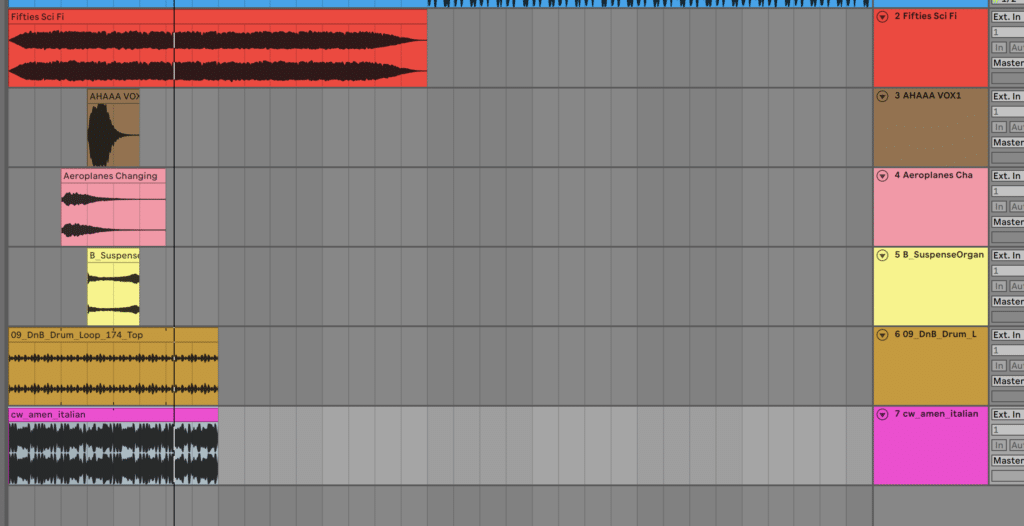
We might find a nice kick, a complimentary snare, and a nice bass sound to start off with.
Often these are both deliberate and calculated decisions, and for a good reason – you want high-quality and suitable material.
But sometimes, you want to get a fresh perspective, and that involves throwing your current workflow out the window.
Simply put, you want to start dragging in any random sounds or samples into your projects, and then work from that ‘pool’ of sounds you chose.
It can often inspire new creative ideas because you haven’t judged the material beforehand.
There’s no right or wrong way to do this, but here’s some helpful tips:
- search for random keywords in your sample library – they don’t all have to be ‘musical’ terms (i.e. search for egg)
- don’t judge before listening, just drag
- keep it simple – don’t drag in 20+ samples
- spend a couple of minutes trying to make the sounds you chose work
#4: Sing, beatbox or mumble
In other words – use your voice.
As we explore in our new course Breakthrough Sound Design, using your voice can be one of the most powerful tools to generate ideas with.
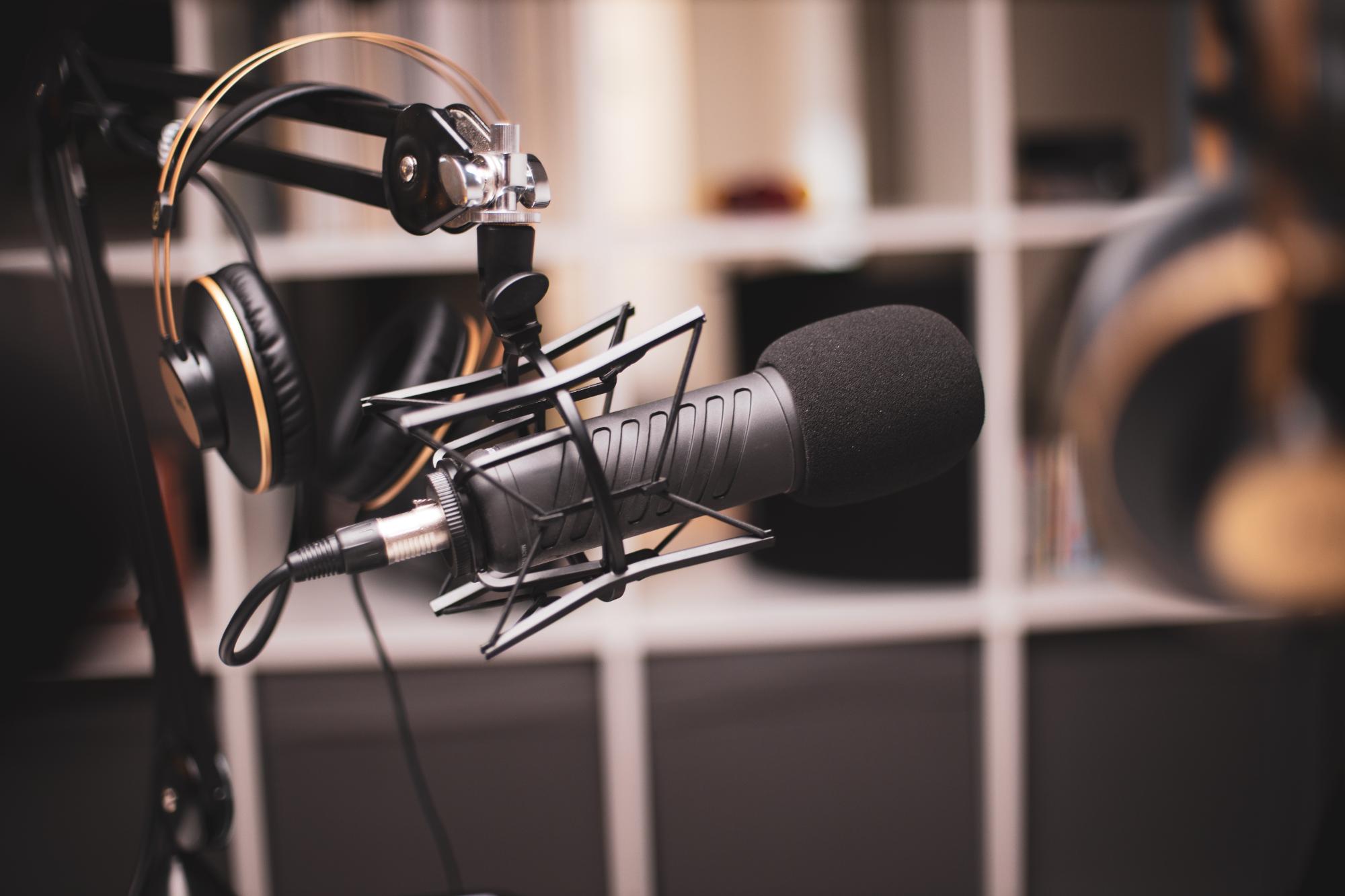
Yet we often shy away from it at the risk of sounding too cringe.
Don’t stress – the point isn’t to use your voice as the sound source (necessarily), but to use it as an idea generation tool.
Simply set your microphone input in your DAW to the most accessible mic you’ve got (studio mic, or crappy built-in mic – doesn’t matter), turn on the metronome, and start jamming out ideas.
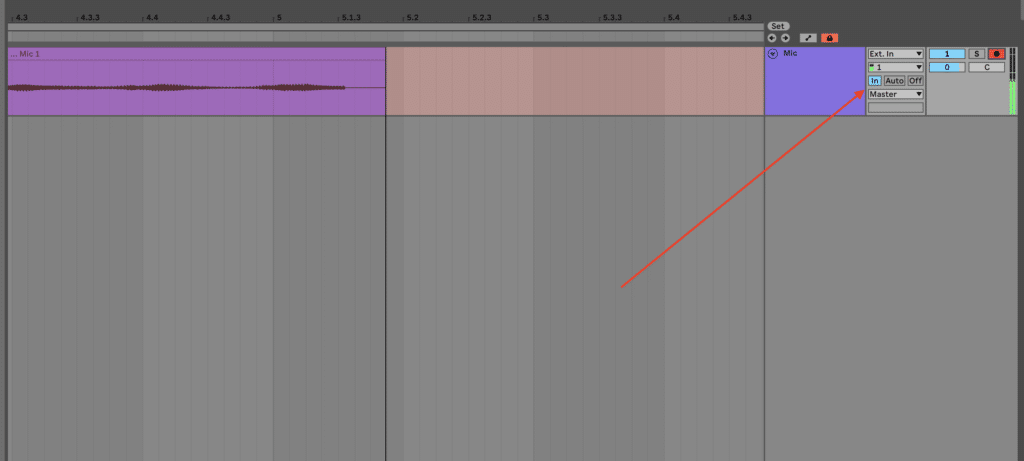
Once you’ve got an idea, whether it’s drums, a bass sound, a melody, a vocal, or whatever, start replacing it with elements that work.
Then when you get a basic sketch together, you can delete the original recording (finally).
Don’t worry – the more you do this, the easier it becomes.
#5: Produce with no sound on
You heard me right.
No sound.
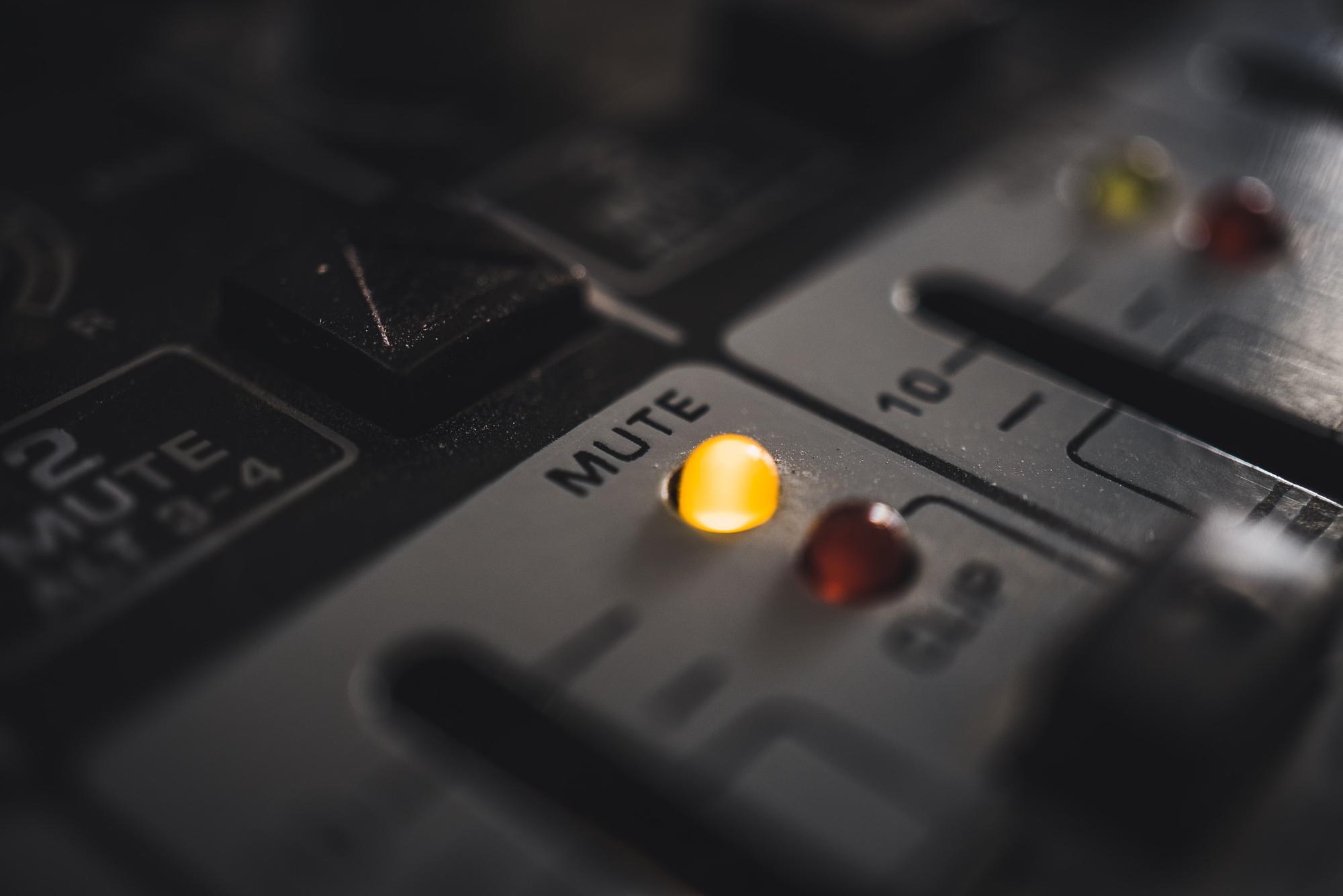
Why on earth would I want to make music when I can’t hear what I’m doing?
Our own ears can often be our biggest barrier to creativity:
- we choose sounds that we think we hear are good
- we make EQ cuts we think we hear are necessary
- we design synth patches we think we hear are clean and loud
But what if we’re wrong, and we don’t know it?
Or what if we become more aware of the mistakes we’re making?
Producing with no sound does these two things:
- shows us if we rely too much on our eyes
- shows us if we are missing out on other creative options based on our choices
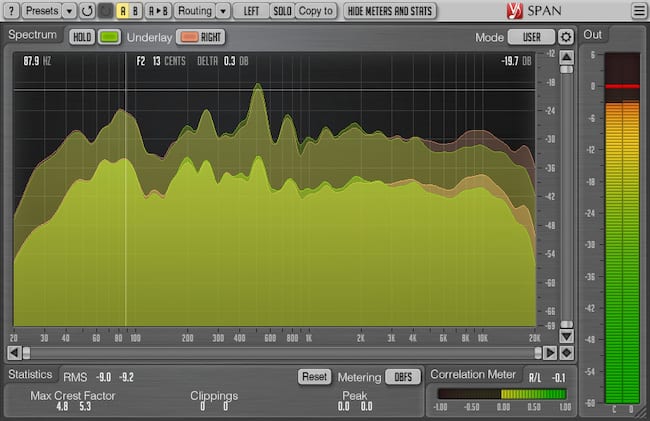
In other words, it’s a great way to get out of a rut and make some music.
Again, don’t worry if it’s crap. But there’s a good chance you might stumble upon some new gems.
#6: Download a ‘strange’ plugin
Downloading new VSTs and plugins can be helpful, but it’s often a cop out for not finishing music.
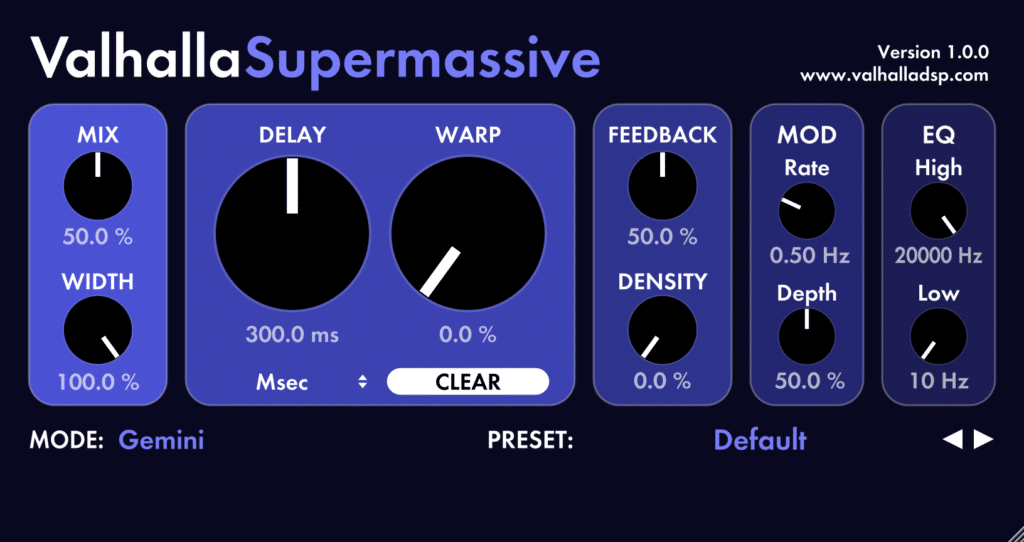
But in this case, the aim isn’t to download something you think you need.
In fact, the aim is to download something you might perceive as a bit different, horrible-sounding, or completely useless.
A few ‘strange’ plugins:
- Sonic Charge Synplant
- AudioNerdz Delay Lama
- Valhalla Supermassive (a personal favourite)
- Anything with a 1-star rating on KVR Audio (there are some fun ones here)
By using tools that might suck, or might be too weird for you, you can get some amazing results by working with the limitations.
Recommended: Music Production Software: The Definitive Guide
#7: Sample yourself
You might have an old idea or a released song that you like. So, why not re-sample it into a completely different tune.
It might seem weird at first to sample yourself, but you might be surprised at how different the result might be.
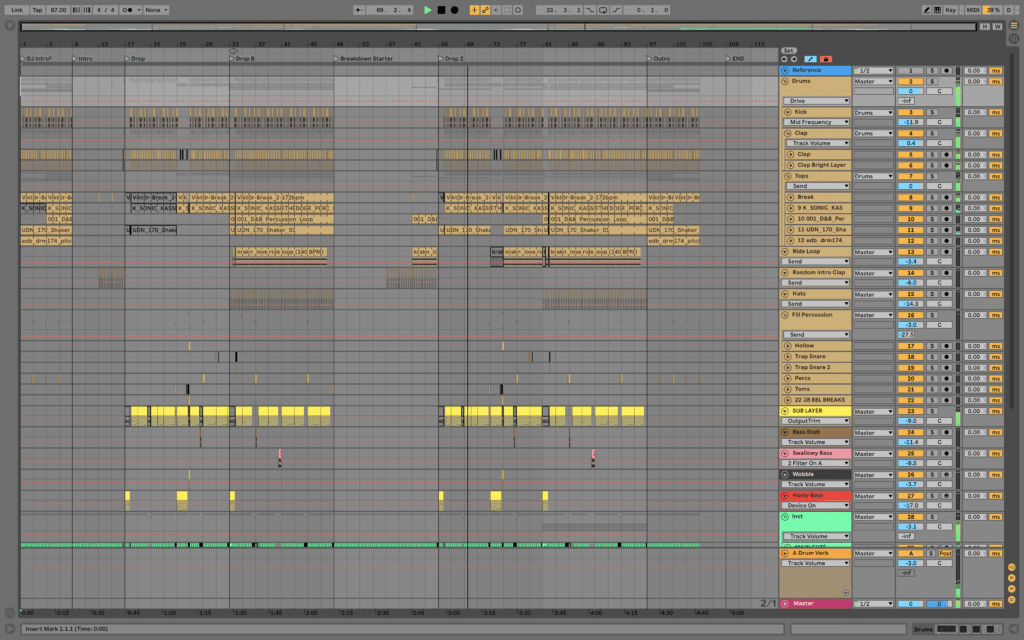
Perhaps you sample a nice breakdown into a new hook element that drives a new track. Or you might make vocal cuts from the main vocal.
You can either work from the master file or the stems – it’s up to you.
Here’s a few tips:
- try not to sample musical elements from drum-heavy areas – these tend to be difficult to work with (unless you’re taking drum one-shots or drum loops)
- use a high-quality file
- try combining elements from multiple of your previous works
- sometimes this works well on ideas that were 90% of the way there but weren’t good enough – it gives them a new context
Further Reading:
#8: Record sounds on your phone
Many people bag phone microphones out for being noisy and unreliable, but if it’s all you’ve got, you can record some very interesting sounds and textures.
Sure, it might come across as too ‘lofi’ for some producers, but with the right processing, you can make it work.
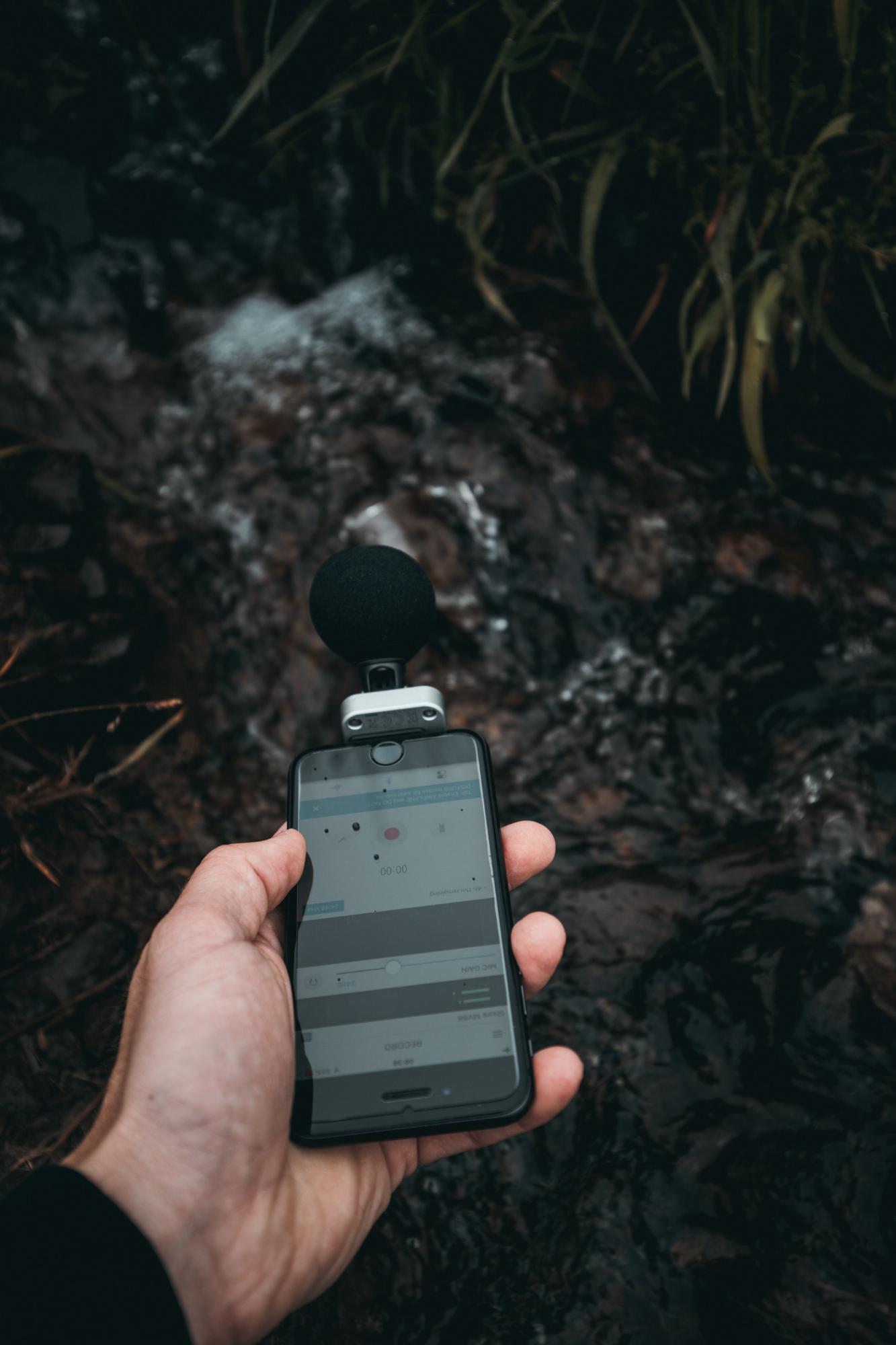
You could record:
- ambient noises on the street you live on
- birds chirping
- pots and pans in your kitchen
- yourself whistling a melody
- the sound coming out of your studio speakers
In other words – you’ve got endless possibilities.
A few tips for processing:
- use a high-pass filter to cut out any mic rumble
- EQ out any harsh resonances – these are often present in low-quality microphones
- try to layer these sounds with other more ‘solid’ sounds – phone sounds often work better as top-end textural elements, rather than ‘key’ elements in a song
- go nuts with processing – you can often end up with really different results
Recommended: 15 Ways to Create Musical Ideas and Crush Creative Block
#9: Make a different genre
This is more ‘classic’ advice given to producers, but I want to put a spin on it.
Because often the reality is that while working in other genres can be helpful, we don’t often feel like it and we don’t always have something to work with.
So here’s a few ways you can go about it:
- start of making a different genre, then make yourself work it into your normal genre’s context
- try to blend your main genre with a different one, and see what the end result is
- try to make something without a specific genre in mind (e.g. pick a random BPM, throw drums together in a random pattern and see what happens)
Don’t get too complicated here – just start off by working in a slightly different style than you’re used to.
#10: Copy and paste the same plugin, over and over
This is one is really fun, because it was born out of simple curiosity.
What would happen if I just kept copying and pasting this plugin over and over again?
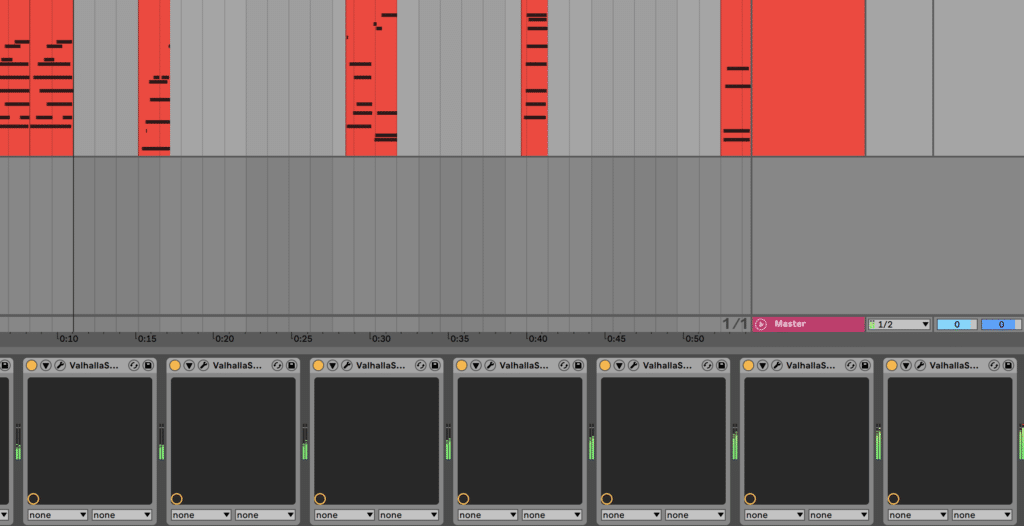
Some fun effects to try this with:
- OTT (be careful here)
- Reverb/delay/echo
- Chorus
- Filters (especially with moving LFOs or something)
- Distortion (also be careful here)
- Compression/Limiting (once again, be careful)
The processing becomes so ridiculous at a point, that you get completely random yet new sounds.
Definitely give this a go.
#11: Play multiple songs at the same time
This kind of combines both ideas #1 and #2 into the same one – you choose random tunes and play them at the same time in your DAW.
Normally about 2-5 tunes work best – any more just results in a mess (of which there is probably enough already).
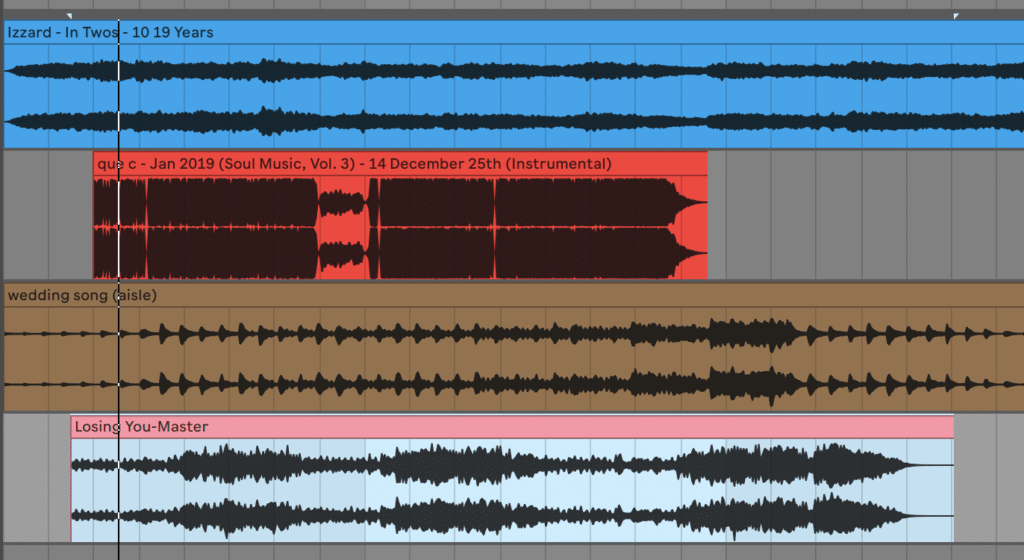
So why do this?
Well, for the same reason as the piano roll tip, you will get a lot of rubbish, but you may get an interesting overlap between the songs you use, giving you fresh musical ideas.
For this reason, try to use relatively simplistic songs, otherwise, you’ll run into a bunch of mess.
In fact, try to think of each song as it’s own instrument. Pick a piano song, a funky song with drums and bass, and perhaps an ambient ballad number.
If you want to take it further, try tuning the songs into the same or related keys – that way you’ll get a lot more to work with. If you’re a DJ, you could even try beatmatching them by syncing the tempos.
Recommended: 30 Ways to Find Inspiration for Your Music
Inspiration Not Enough?
I get it – we crave inspiration as producers, and we want new ways to make new ideas.
But what if inspiration alone is not enough?
Deep down, we all know this, and when inspiration runs low, we might even feel like giving up.
But what if there was a way to make music from the ground up, with the right framework, in a way that ensures quality but also consistency.
There is something, and it’s called the fundamentals.
Learning the fundamentals stops you from relying on tricks and tactics, and helps you to understand the key components of producing music.
If you want to learn more about these fundamentals, then sign up for our free video training below:
Missed any of your favourite strange workflow techinques? Let me know at [email protected].

